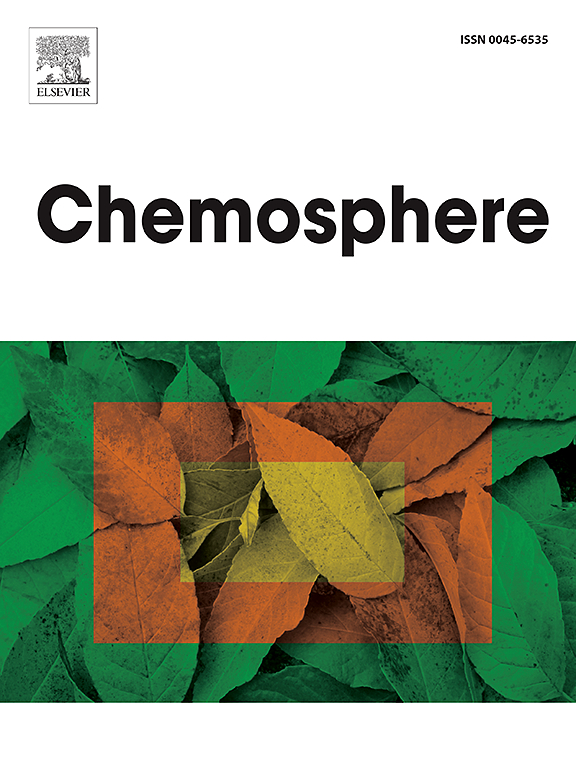Effect of anaerobic digested sludge biochar on soil quality improvement: An insight into mechanisms, microbial composition, and toxicity risk assessment
IF 8.1
2区 环境科学与生态学
Q1 ENVIRONMENTAL SCIENCES
引用次数: 0
Abstract
Biochar is widely acknowledged for its remarkable impact on soil conditioning. However, the influence of different sources of biochar, particularly anaerobic digested sludge biochar (ADBC) derived from anaerobic digested sludge and biochar derived from waste activated sludge, on alkaline soil remains largely unexplored. To address this knowledge gap, a comprehensive field experiment was conducted over a period of 180 days to investigate the effects of ADBC on slightly alkaline soil. This study evaluated various aspects, including soil properties, nutrient content, microbial composition, and soil toxicity. The results demonstrated significant improvements in the quality of alkaline soil following the application of ADBC. Notably, soil pH decreased from 8.24 to 7.5, while conductivity increased from 56.7 μs/cm to 249.0 μs/cm, total organic carbon from 13.5 g/kg to 19.9 g/kg, available nitrogen from 45.5 g/kg to 237.5 g/kg, and available phosphorus from 549.5 g/kg to 1396.7 g/kg. Moreover, ADBC substantially increased the relative abundance of functional bacteria associated with nutrient cycling, such as Proteobacteria, Actinobacteriota, and Bacteroidota. Conversely, the assessment of biotoxicity revealed a decrease in toxicity with increasing preparation temperature and particle size. These findings highlight the promising potential of ADBC for improving the key properties of alkaline and nutrient-poor soils crucial for overall soil productivity.

厌氧消化污泥生物炭对土壤质量改善的影响:对机制、微生物组成和毒性风险评估的洞察。
生物炭因其对土壤调节的显著影响而得到广泛认可。然而,不同来源的生物炭,特别是来自厌氧消化污泥的厌氧消化污泥生物炭(ADBC)和来自废活性污泥的生物炭对碱性土壤的影响在很大程度上仍未被探索。为了解决这一知识缺口,进行了为期180天的综合田间试验,研究ADBC对微碱性土壤的影响。本研究评估了多个方面,包括土壤性质、养分含量、微生物组成和土壤毒性。结果表明,施用ADBC对碱性土壤质量有显著改善。土壤pH值从8.24下降到7.5,电导率从56.7 μs/cm增加到249.0 μs/cm,总有机碳从13.5 g/kg增加到19.9 g/kg,有效氮从45.5 g/kg增加到237.5 g/kg,有效磷从549.5 g/kg增加到1396.7 g/kg。此外,ADBC显著增加了与营养循环相关的功能细菌的相对丰度,如变形菌门、放线菌门和拟杆菌门。相反,生物毒性评估显示,随着制备温度和粒径的增加,毒性降低。这些发现强调了ADBC在改善碱性和营养贫乏土壤的关键特性方面的巨大潜力,这些特性对土壤的整体生产力至关重要。
本文章由计算机程序翻译,如有差异,请以英文原文为准。
求助全文
约1分钟内获得全文
求助全文
来源期刊

Chemosphere
环境科学-环境科学
CiteScore
15.80
自引率
8.00%
发文量
4975
审稿时长
3.4 months
期刊介绍:
Chemosphere, being an international multidisciplinary journal, is dedicated to publishing original communications and review articles on chemicals in the environment. The scope covers a wide range of topics, including the identification, quantification, behavior, fate, toxicology, treatment, and remediation of chemicals in the bio-, hydro-, litho-, and atmosphere, ensuring the broad dissemination of research in this field.
 求助内容:
求助内容: 应助结果提醒方式:
应助结果提醒方式:


